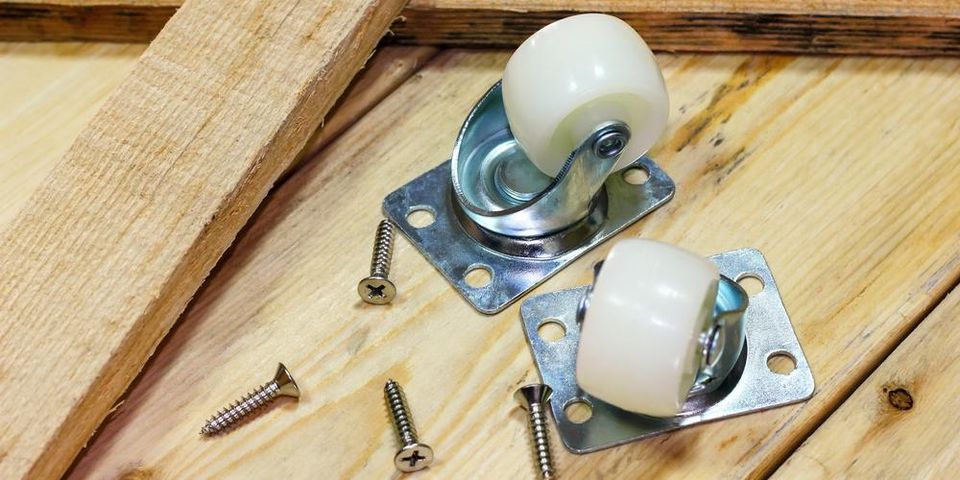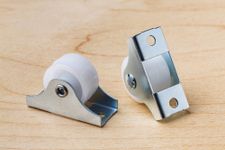Industrial Handling Company Explains the Anatomy of a Caster

A lot of the equipment used in the moving industry simply won't operate without wheels. Whether it's dollies, platform trucks, or packing tables, wheels and the metal parts that make them move—known collectively as casters—are indispensable to moving, packing, and storage. But what exactly makes up one of these crucial components?
Here, Casters, Wheels and Industrial Handling, based in Farmingdale, NY, explains the anatomy of a caster:
- Wheel: This is the part most people are familiar with. The wheels are often rubber but can also be plastic and steel, and they come in different sizes. While some plastic wheels are only designed to withstand light loads, other durable rubber and steel varieties can transport thousands of pounds of freight. All types are responsible for rolling along the ground, facilitating equipment movement.
 Top Plate: This is the flat steel piece that's attached to the top of the wheel. You'll often see one hole in each corner of the rectangle-shaped top plate. This is how the caster is attached to larger equipment.
Top Plate: This is the flat steel piece that's attached to the top of the wheel. You'll often see one hole in each corner of the rectangle-shaped top plate. This is how the caster is attached to larger equipment.- Fork: The middle section of the caster is called the fork. It consists of two flat metal prongs that attach on either side of the wheel's axle, connecting the top plate to the wheel. Forks come in several varieties that enhance different aspects of performance. For example, ball bearings can be inserted into the top of the fork to allow the entire caster to move smoothly in all directions.
Started in 1959, Casters, Wheels and Industrial Handling has been serving the New York City metropolitan area for nearly 60 years with top-of-the-line moving and storage products. The industrial handling professionals have an extensive selection of casters, wheels, hand trucks, and shelving, and their friendly, knowledgeable service team is always happy to help clients find the perfect equipment for their projects. Visit the company’s website to learn more about their two showrooms, or call them directly at (631) 650-0500.
About the Business
Have a question? Ask the experts!
Send your question

